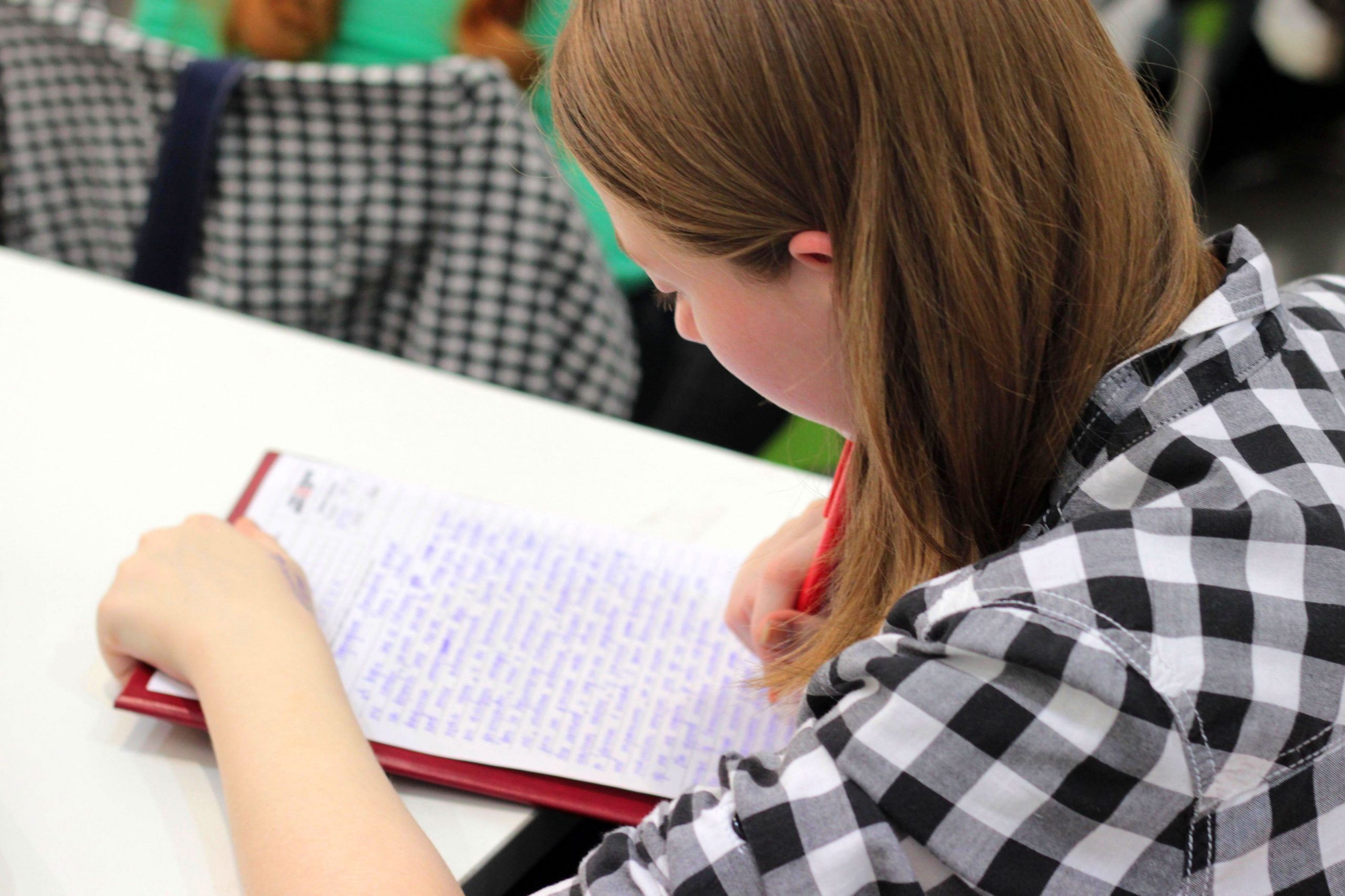
09 Nov We Are People, Too: Valuing Students in the School Environment
“Don’t they realise that we are people too?” I am sitting in class with a group of Year 8 boys, discussing why it is that school is such a hard place for many students to reside in, and exploring why there are so many instances where students and teachers clash in the classroom.
One of the biggest complaints I hear from my school students is that teachers are so busy pushing the educational agenda, that students are left behind in the wake of ‘learning’. Schools are bombarded with boxes to be ticked, assessments to doll out, and educational outcomes to reach. Teachers and systems are so busy preparing their students for exams and filling their minds with information, that it seems Australia has forgotten a rather crucial fact. Our students are people, too. Recently, I have been reminded of the stark reality that if we forget about the humanity of our students, then all the good that can come from learning is in danger of becoming null and void; wasted potential.
In an Australian report produced by Year13 this year, it was found that 55% of students felt that their schools cared more about their ATAR results than about the students themselves. That’s more than one in two students. More than half of students feeling that what they can produce is more important than who they are. It’s hardly surprising that they also found 51% of students identifying the need to see a mental health professional. The Australian education system exists to produce engaged and responsible citizens, but it must be asked: is that really what our system is creating?
Perhaps we should be taking a lesson from Finland, who boasts the number 1 educational system in the world. Their students have minimal homework. They do very few standardized tests. Their school hours are the shortest in the world. Teachers are chosen from the top 10th percentile of university graduates because teaching the next generation is such a prestigious and vital role. There are no rankings or comparisons between students, schools or regions, and all schools are publicly funded. In Finland, everyone truly is equal, whether rich or poor, rural or metropolitan.
So why does it work? Simply put, Finland cares about the happiness of its students. When students feel valued, they learn. Simple. You may have heard the saying that in a marriage, a “happy wife means a happy life.” What if we adapted this for our educational motto. “Happy student means huge improvements.” Instead of focussing on performance, what if we just valued our kids first? I wonder if it would change the world. I know it would change theirs.
Catherine Sharpe
Program Facilitator
References
Bisson, R & Stubley, W, (2017). ‘After the ATAR: Understanding How Gen Z Transition into Further
Education and Employment’, Year13, Australia.
Hancock, L (2011). ‘Why are Finland’s Schools Successful?’, Smithsonian magazine.
https://www.smithsonianmag.com/innovation/why-are-finlands-schools-successful-49859555/
